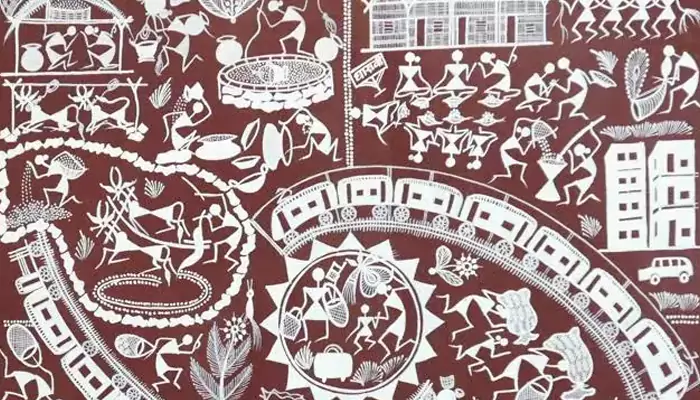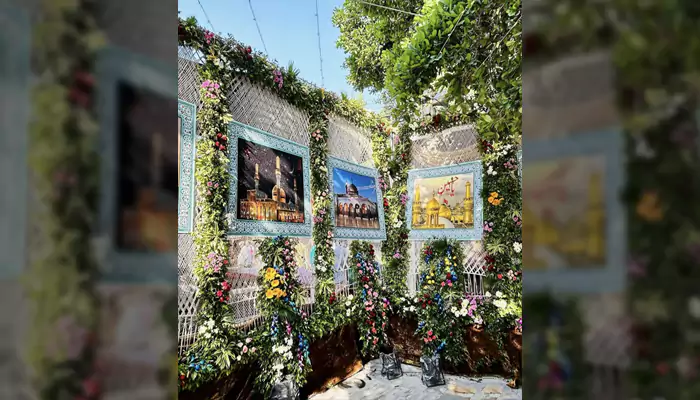Brushstrokes of history: The Indian paintings that tell our stories!
- Jayati
- 1 year ago
- 3 minutes read

India’s painting culture is immensely diverse and colourful, and it’s so important to document it all. Each style has its own special charm and story, and we need to make sure these traditions are preserved so they don’t fade away.
India’s art is incredibly colourful and diverse. Each region has its own unique style, like Madhubani from Bihar, Pithora from Gujarat, Warli from Maharashtra, Kalamkari from Andhra Pradesh and Telangana, and Mandana from Rajasthan. These art forms are loved around the world and show everything from nature to mythology. Let’s explore some of these amazing Indian paintings!
Madhubani Painting
Madhubani paintings, from Bihar’s Madhubani village, are mostly made by women using tools like fingers, twigs, and brushes. They’re famous for their bright colours and geometric patterns, originally created on mud walls and floors but now also on canvases and paper. These paintings often show nature and social scenes. The art form has earned wide recognition, including awards like the National Award and Padma Shri.
Warli Painting
Warli art comes from the Warli tribe in Maharashtra and has been practiced for over 2500 years. It depicts daily life, farming, dancing, and nature, using simple geometric shapes like triangles, squares, and circles. Originally done with rice paste on mud walls, Warli art is now created on canvas and paper. Artist Jivya Soma Mashe helped popularise it, earning a Padma Shri in 2011.

Tanjore Painting
Tanjore (or Thanjavur) painting is an ancient art form that originated in Thanjavur, South India, around 1600 AD. Known for their use of gold foil, vibrant colours, and semi-precious stones, these paintings are traditionally created on wooden planks. The intricate designs and bright colours make them stand out, and the gold used in the paintings retains its shine forever, adding to their timeless beauty.
Patachitra Painting
Patachitra is a traditional scroll painting from Odisha and West Bengal, practiced for over 3,000 years. Known for its bold outlines and natural, vibrant colours, the art is created on cloth or dried palm leaves. The name combines "patta" (cloth) and "chitra" (picture). Raghunath Mohapatra, a master of this art form, received several prestigious awards for his incredible work.
Mandana Art
Mandana art is a traditional, tribal form of Indian art, practiced in Rajasthan and Madhya Pradesh. It’s one of the oldest decorative art styles, drawn on walls and floors to protect homes and mark special occasions. Created by women of the Meena community, these simple yet striking designs include peacocks, tigers, floral patterns, and geometric shapes. Made with natural materials like clay and lime, Mandana art is fading and needs revival to regain its old charm and popularity.
Kalamkari Painting
Kalamkari, which comes from "Kalam" (pen) and "Kari" (craftsmanship), is a traditional art form practiced in Andhra Pradesh and parts of Tamil Nadu. It’s a handprinting or blockprinting technique that’s been around for over 3,000 years. Kalamkari features scenes from folklore, animals, flowers, and symbols, using natural dyes like indigo, green, and mustard. Done on cotton fabric, this art involves a detailed 23-step process and is popular in sarees and ethnic wear today.
Also, Chittara Painting, Saura Art, Kalamezhuthu, Gond Painting, and Mysore Painting are among the most famous and historically rich art forms in India. Each of these styles adds its own unique touch to India's vibrant artistic heritage.












